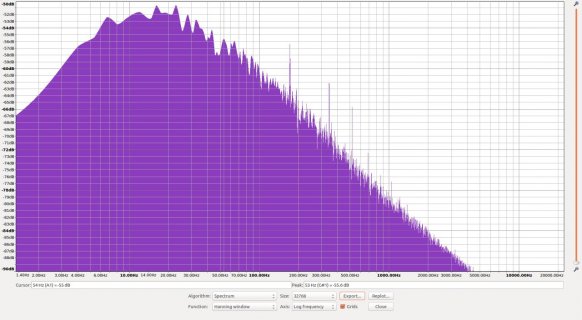I've been looking through posts and see others have tried stabilizing power for other high current draw components.
I've seen this component tried: http://www.mouser.com/search/ProductDetail.aspx?R=0virtualkey0virtualkeyMCP1702-3302E-TO
from this discussion: https://forum.pjrc.com/threads/24343-Teensy-3-0-3-3V-pins-maximal-Current
I'm trying to avoid having the uSD card writing draw too much current and impacting a microphone.
It looks like I can wire this to the 5V input and then connect the output to the uSD card adapter.
Likely I won't be running off USB, but instead 3.7V-4.2V battery. This looks like it should still work.
Should I consider using this unit to power the teensy too? Connecting the output of this to the 3.3V input on the teensy & to the uSD adapter?
Would this component be better at regulating power on the teensy than the on-board voltage regulator?
Thanks.
I've seen this component tried: http://www.mouser.com/search/ProductDetail.aspx?R=0virtualkey0virtualkeyMCP1702-3302E-TO
from this discussion: https://forum.pjrc.com/threads/24343-Teensy-3-0-3-3V-pins-maximal-Current
I'm trying to avoid having the uSD card writing draw too much current and impacting a microphone.
It looks like I can wire this to the 5V input and then connect the output to the uSD card adapter.
Likely I won't be running off USB, but instead 3.7V-4.2V battery. This looks like it should still work.
Should I consider using this unit to power the teensy too? Connecting the output of this to the 3.3V input on the teensy & to the uSD adapter?
Would this component be better at regulating power on the teensy than the on-board voltage regulator?
Thanks.



